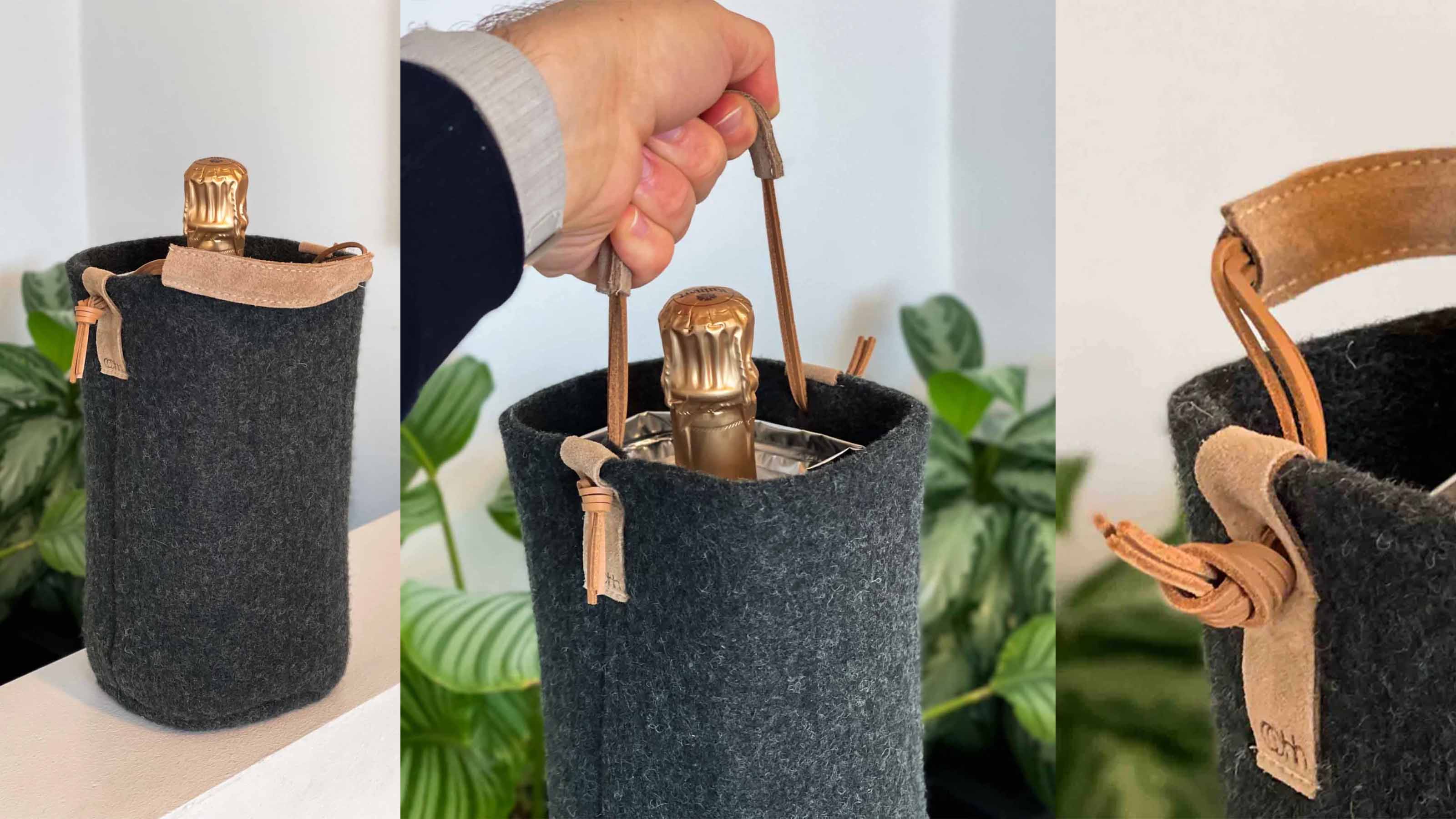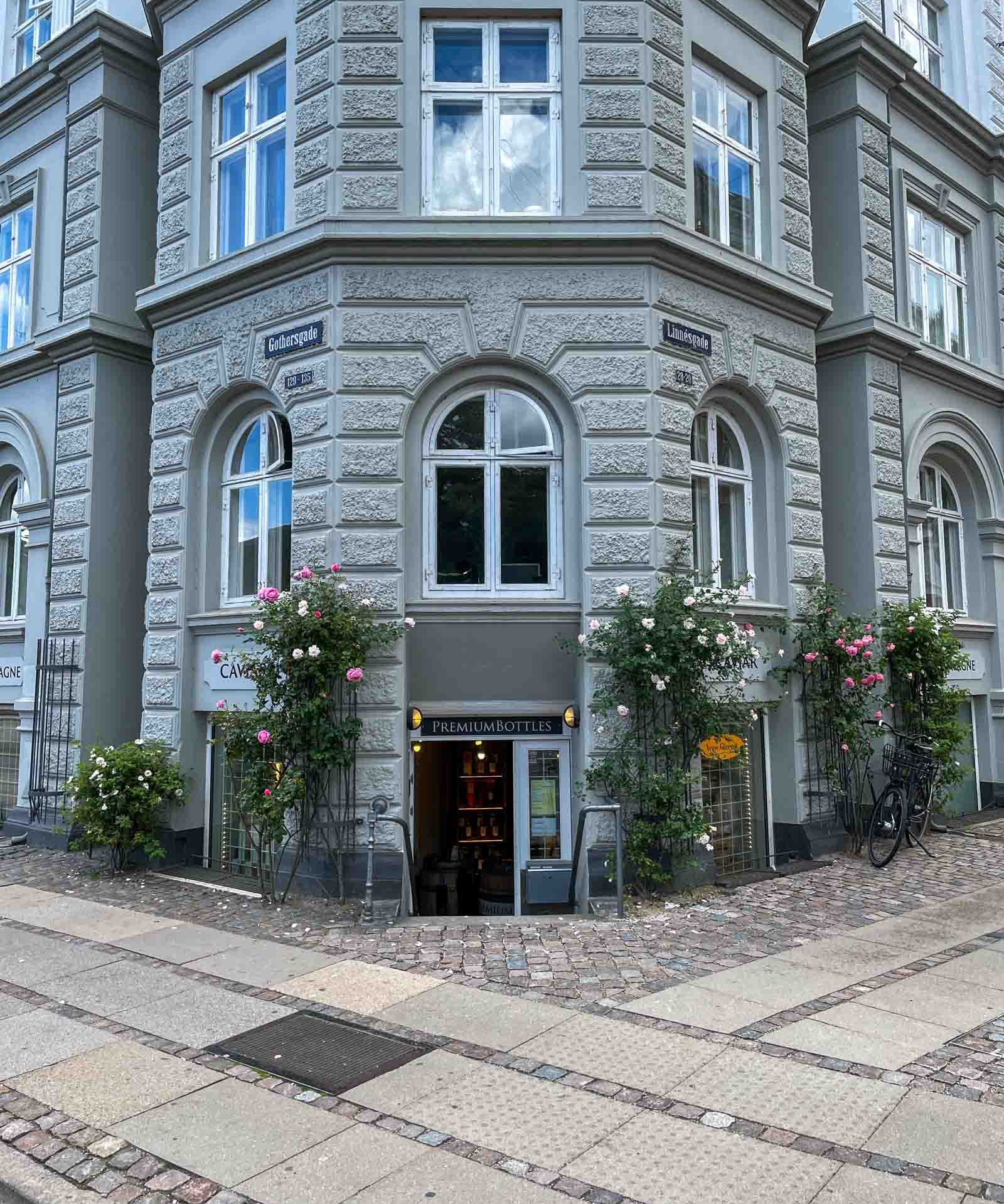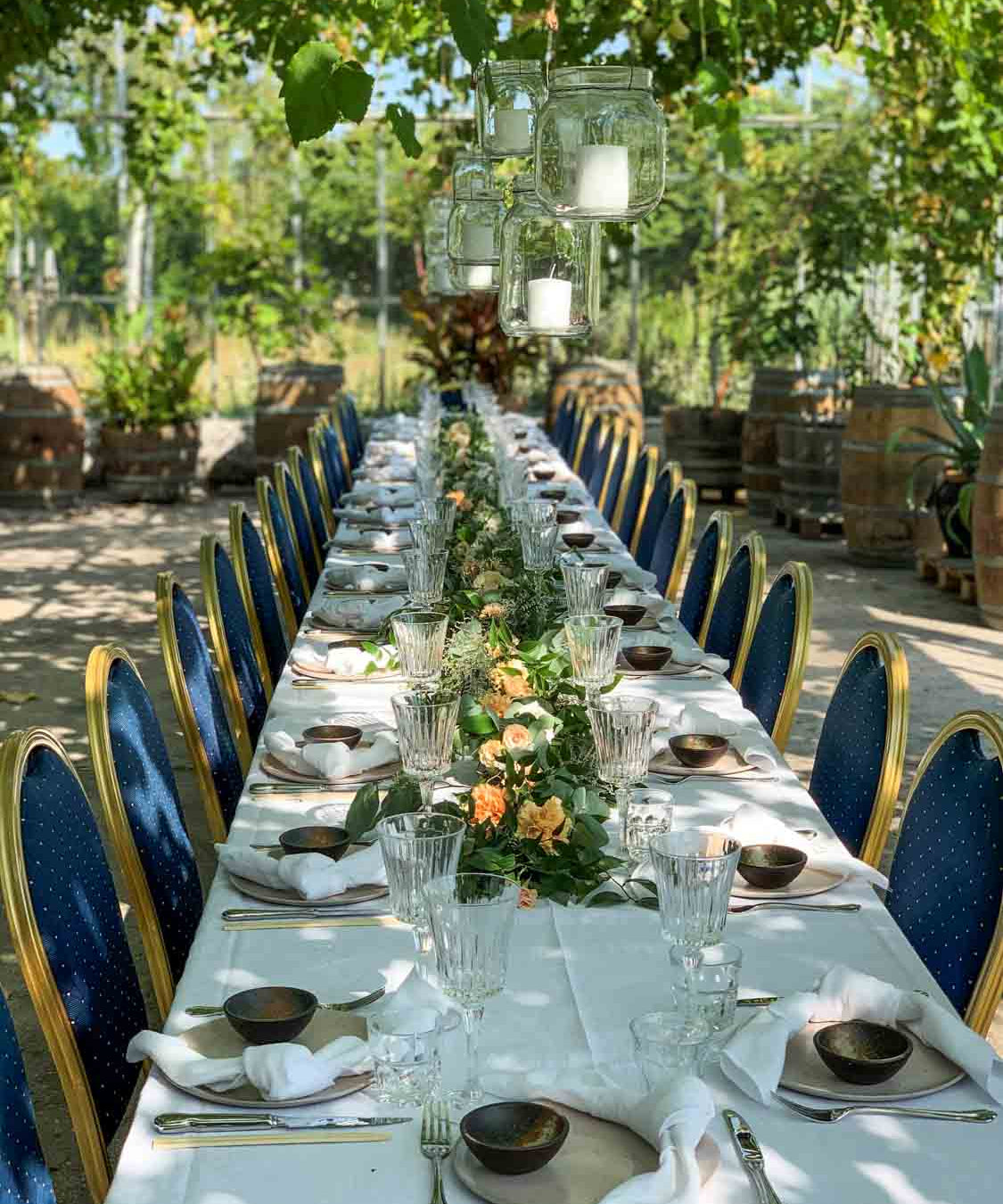The husband died of fever
Veuve means widow in French. The fact that the champagne most Danes know by name today is Veuve Clicquot, nicknamed The Yellow Widow, is due to a young French woman named Barbe-Nicole Clicquot Ponsardin. Madame Clicquot, as she was called, lost her husband after only seven years of marriage, when he died of an inexplicable fever, leaving her with a three-year-old daughter and the Clicquot Champagne company, in which he had invested every bit of the family fortune.

Widow and single mother at 27 years old
The year was 1805, Madame Clicquot was 27 years old, and she knew nothing about champagne, winemaking or running a business. Despite the fact that 200 years ago it was extremely controversial for a woman to deal with anything other than children and embroidery, the gifted and strong-willed Madame Clicquot decided to put herself at the head of her husband's business and carry it on. It would turn out to be a wise decision. After hard times, when Madame Clicquot had to sell her jewelry and borrow money to keep the business running, she managed to hit a gold mine by breaking through to the Czar's court in Russia and developing other new markets where she could increase the sales of her man's Clicquot Champagne, which she had meanwhile renamed Veuve Clicquot.
Revolutionized champagne production
Although Madame Clicquot died in 1866, she still bears a large part of the credit for making champagne the fantastic, bubbly, crystal clear drink we know today. It was she who developed the process in champagne production called remuage , which all champagne producers have since adopted, and which is still used today by small or very traditional champagne producers, where the champagne is still made by hand and not by machines.
Saw holes in the kitchen table
Already the year after her husband's death, Madame Clicquot began to work on solving the problem that 200 years ago champagne was often a somewhat cloudy and less bubbly affair than we know today, because back then you had to pour the wine over to remove the precipitate, which rarely succeeded completely. The enterprising Madame saw holes in a kitchen tabletop. In the holes, she placed the champagne bottles bottom up, then systematically shook and turned them every two or three days until all the sediment had collected in the neck of the bottle. The method means that when the neck is then dipped into an ice-cold liquid so that the contents freeze to ice, the small plug of sediment can be removed without the champagne gushing out. It prevents the wine from losing its beautiful bubbles or coming into contact with oxygen, making the wine bad and less durable.

A good manager hires good people
No manager can do without good people, and Madame Clicquot had a keen eye for hiring the right people, including her cellar master who helped her refine the remuage system and a skilled and above all honest businessman who worked for her for 50 years. His name was Edouard Werlé and he became her friend and business partner. When she died aged 89 in 1866, she left the company to him.































